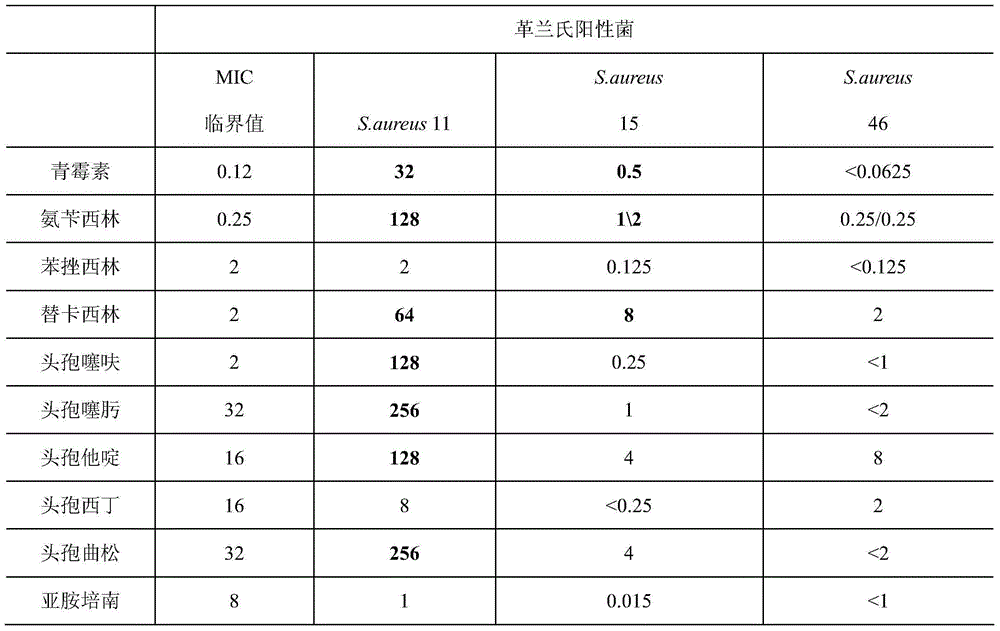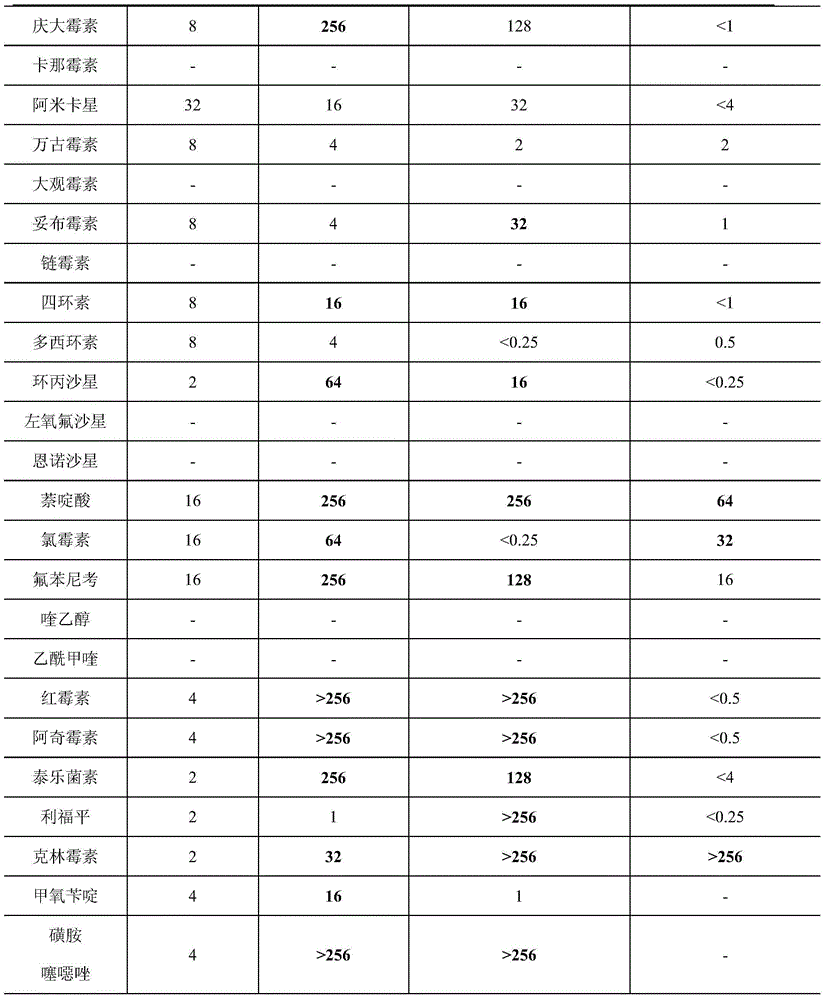Application of five myxobacteria to predation of drug-resistance bacteria and preparation of drug-resistance bacteria suppression drugs
A drug-resistant bacteria and drug-resistant technology, applied in the field of microbiology, can solve problems such as the difficulty of antibiotics and the slow progress of new antibiotic-producing bacteria
- Summary
- Abstract
- Description
- Claims
- Application Information
AI Technical Summary
Problems solved by technology
Method used
Image
Examples
Embodiment 1
[0027] Example 1. Research on the predation effect of myxobacteria on drug-resistant bacteria
[0028]The five strains of myxobacteria in this embodiment are respectively: Myxococcus sp.GIM1.810 (preservation number is GIM1.810), My xococcus sp.GIM1.811 (preservation number is GIM1.811), Corallococcusexiguus GIM1.813 (preservation number is GIM1.813), Myxococcus sp.GIM1.815 (preservation number is GIM1.815) and Corallococcus corallo ides GIM1.816 (preservation number is GIM1.816), the above five strains of myxobacteria are all preserved in Guangdong Microbial Culture Collection Center , its deposit number is shown in the brackets behind the strain name, and the strains in this depository are sold externally, so anyone can buy the strains from this depository.
[0029] The drug-resistant strains used in this example are respectively: three strains of drug-resistant Staphylococcus aureus (S.aureus 11, S.aureus 15, S.aureus 46), four strains of Salmonella (Salmonella sp.31, Salmo...
Embodiment 2
[0042] Example 2. Research on the inhibitory effect of metabolites of myxobacteria on drug-resistant bacteria
[0043] 1. In VY / 2 medium (fresh yeast 5.0g / L, CaCl 2 . 2H 2 01.0g / L, VB120.0005g / L, PH 7.2) were inoculated with five strains of Myxococcus sp.GIM1.810, Myxococcus sp.GIM1.811, Corallococcus exigus GIM1.813, Myxococcus sp.GIM1.815 and Corallococcus coralloides GIM1 .816, 150rpm, cultured at 30°C for 7d.
[0044] 2. Centrifuge at 4000rpm to collect the bacterial cells and the supernatant of the fermentation broth respectively. The fermentation broth was extracted with an equal volume of ethyl acetate for 12 hours. The cells were soaked in acetone, ultrasonically disrupted, and then extracted with ethyl acetate for 12 hours. After the extract was rotary evaporated, methanol was used to dissolve the extract, and the extracts of the fermentation broth and the broken cell liquid were dissolved to concentrations of 50 mg / mL and 100 mg / mL, respectively.
[0045] 3. In...
PUM
 Login to View More
Login to View More Abstract
Description
Claims
Application Information
 Login to View More
Login to View More - R&D Engineer
- R&D Manager
- IP Professional
- Industry Leading Data Capabilities
- Powerful AI technology
- Patent DNA Extraction
Browse by: Latest US Patents, China's latest patents, Technical Efficacy Thesaurus, Application Domain, Technology Topic, Popular Technical Reports.
© 2024 PatSnap. All rights reserved.Legal|Privacy policy|Modern Slavery Act Transparency Statement|Sitemap|About US| Contact US: help@patsnap.com










